The IRIDIUM system

The IRIDIUM system is
changing the way the world communicates as the first truly
global, personal, satellite-based telecommunications system
providing communications via hand-held wireless telephones and
pagers. |
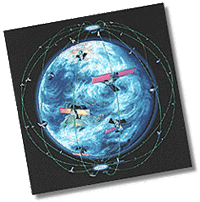
|
HOW THE SYSTEM WORKS
When an IRIDIUM
telephone is activated, the nearest satellite - in conjunction
with the IRIDIUM network - automatically determines account
validity and the location of the user. The subscriber selects
among cellular or satellite transmission alternatives, depending
on compatibility and system availability, to dispatch a call.
|
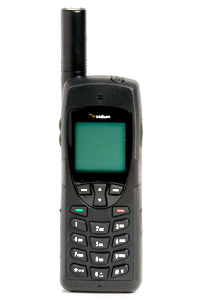 |
IRIDIUM PHONE
IRIDIUM hand-held telephones are
capable of delivering high-quality voice, facsimile, and data
services anywhere on Earth. |
 |
IRIDIUM PAGER
The IRIDIUM pager offers the first true "global roaming"
capability in a small, belt-worn, personal message receiver. |
 |
MOBILE TELEPHONE UNIT
Mobile telephone units provide
in-vehicle access to IRIDIUM services. This units will be useful
for automobile travellers who need to travel from country to
country without losing connection to the world. |
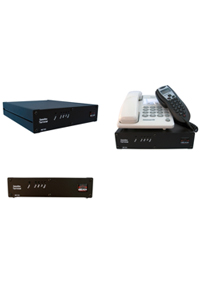 |
BEAM RST UNIT
The new RST-100, provides remote locations with
telecommunications access via the Iridium satellite system
ensuring truly global coverage. Suitable for both maritime and
land applications, the RST also offers several interfaces for
both voice and data. |
 |
AERONAUTICAL
Aeronautical IRIDIUM services provide personal communication
services to travellers on commercial and business aircraft. |
 |
SOLAR-POWERED PHONE BOOTH
Solar-powered phone booths are
designed to provide public access to IRIDIUM services in remote
areas that are underserved by existing telecommunications
infrastructures. |
 |
SATELLITES |

|
|
The IRIDIUM system is based on a network of 66 satellites. The
satellite constellation is distributed on 6 near polar planes
and each plane carries 11 operational satellites, as well as one
spare satellite. |
||
In contrast with traditional
wireless systems, coverage is achieved by satellites that
project a grid of cells over the surface of the Earth. Each
satellite covers an area 4,000 kilometres wide, providing links
to all IRIDIUM subscribers roaming in such an area. |
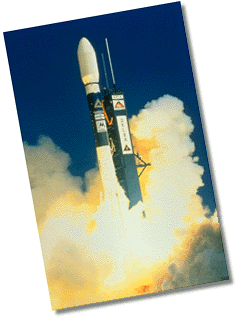 |
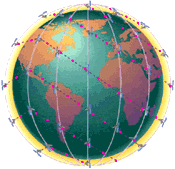 |
INTERSATELLITE CROSSLINKS
True global connectivity is provided
because each satellite is connected by radio transmission to
four others through the use of crosslink antennas. By routing a
call through the satellite network, the IRIDIUM system is not
dependent on availability of extensive terrestrial
telecommunications facilities to deliver global
telecommunications. |
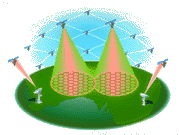 |
COMMUNICATION FREQUENCIES
The IRIDIUM
system utilizes a combination of Frequency Division Multiple
Access and Time Division Multiple Access (FDMA/TDMA) signal
multiplexing to make the most efficient use of limited spectrum. |
 |
GATEWAYS Gateways
make communications possible between IRIDIUM telephones and any
other telephone in the world. |
|
Gateways are owned, operated and financed by one or more Iridium
investors or their affiliates. |
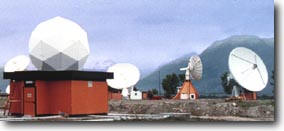 |
|
|
 |
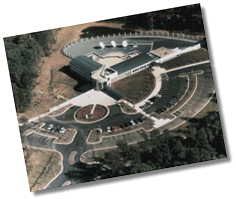 |
SYSTEM CONTROL
The System Control serves as the
central management component for the IRIDIUM satellite
constellation. |
|
Motorola's
Engineering Control Center in Chandler, Arizona, serves as
launch control center, responsible for monitoring and
controlling the initial ascent and early orbit phase activities
of the IRIDIUM constellation of 66 satellites plus spares. |
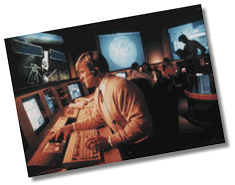 |
IRIDIUM SATELLITE SYSTEM
IRIDIUM SERVICE DEFINITION
|
|||||||||||||||||||||||||||||||||||||||||||||||||||||||||||||||||||||||||||||||||||||||||||||||||||||||||||||

186-55.760.22.jpg)